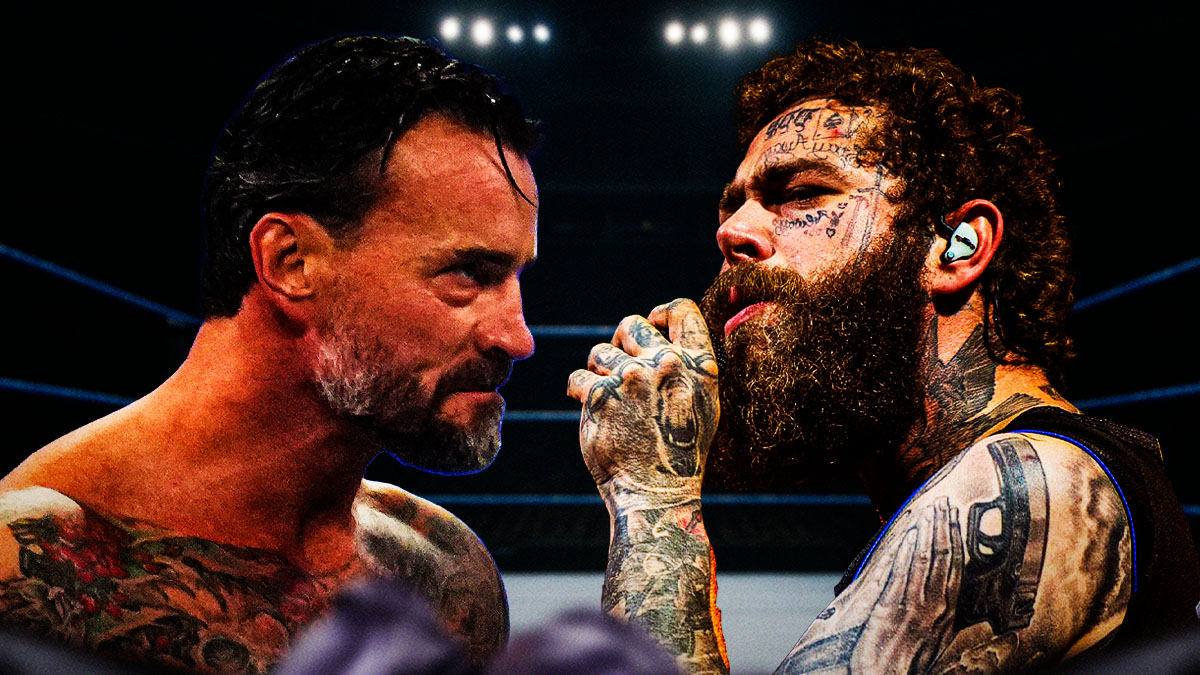Amidst the escalating buzz surrounding the new WWE television rights deal, the future direction of the company's programming remains a topic of intense speculation. Following WWE CEO Nick Khan's recent mention that SmackDown, one of WWE's flagship programs, might potentially migrate to a streaming service like Netflix, Khan expanded further on the television rights negotiations and the wide array of possibilities for both Raw and SmackDown during JPMorgan's annual Technology, Media & Communications Conference while in Boston, MA.
Regarding Raw, Khan acknowledged that the longest-running show on television is likely to maintain its three-hour format. However, he did leave room for the show to undergo some modifications, hinting at the potential for a more “adult-themed” approach during the 10:00-11:00 pm hour.
WWE has attempted to go these measures post-Attitude Era. They've all been colossal failures, however.
Mick Foley made an announcement about Raw in May of 2019 with the intention of introducing a significant change to the show's format and atmosphere. Specifically, he aimed to make the final hour of Raw more intense and provocative. Foley's announcement indicated a shift towards a “downright mean and nasty” tone, accompanied by a darker production setting. The purpose behind this then change was to inject new energy and excitement into the show, hoping to attract new viewers and revive interest in the product. However, despite a short surge of interest, it ultimately proved to be short-lived and was eventually reversed.
Of course, who can forget the infamous Raw Underground in 2020.
It was yet another attempt to bring a unique and edgier concept to Raw and its prolonging third hour. The company was seeking to experiment with a more gritty and realistic approach, reminiscent of underground fight clubs. Its intention was to feel more unscripted, showcasing shoot-style fights and intense brawls that extended beyond the ring.
The third hour of Raw has long been a contentious point among wrestling fans since the show's transition to three hours in 2012. The show is often regarded as overly prolonged and inundated with unnecessary, pandering segments that cause the show to drag on within its already lengthy time frame.
Considering how there's already an overwhelming volume of WWE content oversaturating the airwaves on a weekly basis, it seems unwise for the company to proceed with a three-hour format for Raw in the future. Especially if the company intends to venture into making the third hour more “adult-themed.” Evidence shows that past attempts to revamp the show's third hour have proven ineffective. WWE's content during the Attitude Era is well-remembered, even beloved, attempting to replicate that success in the present day, in a much more sensitive time, may not provide the desired results but instead harsh feedback.
While WWE explores various options for the future of Raw, it is crucial to consider the sentiments shared by fans, industry figures, and even WWE personnel themselves. Many have expressed concerns about the length of the show and its impact on viewer engagement over the years.
In this context, it would be wise for WWE to utilize their eventual new television rights deal as an opportunity to reevaluate the format of Raw and consider reverting back to a two-hour show.
Taking Raw back to two hours would provide several advantages.
Firstly, it would allow for tighter pacing and a more focused presentation, eliminating the need for filler segments that can detract from the overall quality of the show. Secondly, it would encourage creative teams to prioritize meaningful storytelling, character development, and in-ring action, ensuring a more compelling consumer experience. Additionally, a shorter runtime would enhance the sense of anticipation and leave audiences wanting more, creating a sense of urgency and excitement that can drive interest in the product.
By leveraging their new television rights deal to reshape Raw into a leaner, more dynamic program, WWE can strike a balance between delivering compelling content and respecting the audience's time.


















